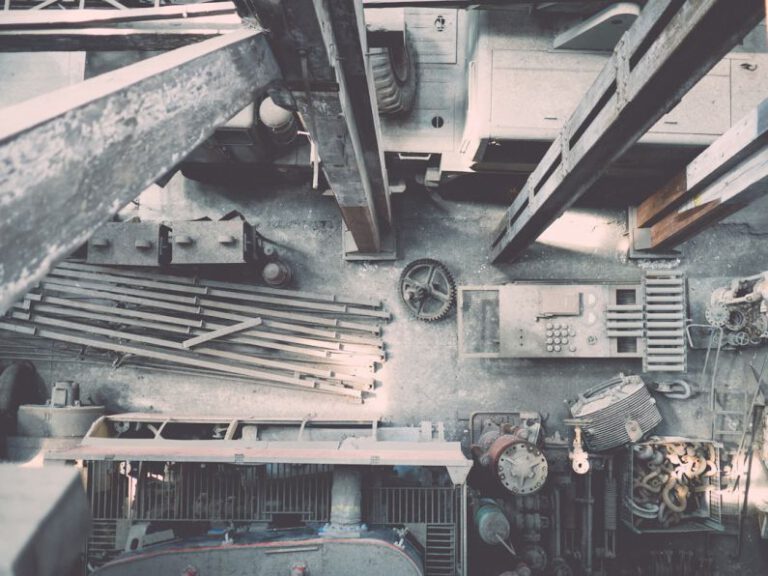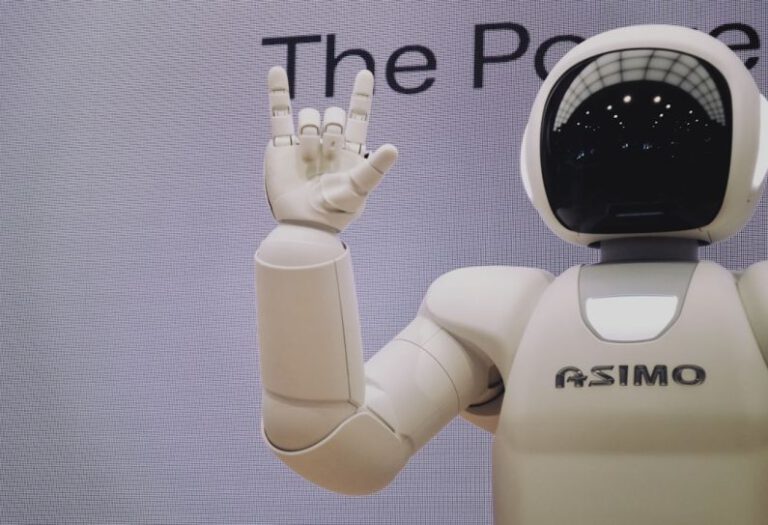How Can Robotic Exoskeletons Assist Construction Workers?
Construction workers are the backbone of any infrastructure project, working tirelessly day in and day out to build the world we live in. However, the nature of their work can be physically demanding, leading to fatigue and potential injuries. To address these challenges, the integration of robotic exoskeletons in the construction industry is gaining momentum, offering a promising solution to enhance worker safety, productivity, and overall well-being.
Enhancing Strength and Endurance
One of the key benefits of robotic exoskeletons for construction workers is their ability to enhance strength and endurance. These wearable devices are designed to provide support to the wearer’s muscles and joints, reducing the strain caused by lifting heavy objects or performing repetitive tasks. By redistributing the weight and providing additional power, exoskeletons can help workers carry out tasks that would otherwise be physically taxing, enabling them to work for longer periods without experiencing fatigue.
Improving Ergonomics and Reducing Injuries
Another advantage of robotic exoskeletons is their ability to improve ergonomics and reduce the risk of injuries among construction workers. By promoting proper posture and body mechanics, exoskeletons help minimize the strain on the worker’s body, especially in positions that require bending, twisting, or lifting. This can significantly lower the likelihood of musculoskeletal injuries such as strains, sprains, and back pain, which are common among construction workers due to the physical nature of their job.
Increasing Productivity and Efficiency
Robotic exoskeletons can also contribute to increased productivity and efficiency on construction sites. By reducing the physical exertion required for tasks, workers can perform their duties more effectively and with fewer breaks, leading to a boost in overall productivity. Additionally, exoskeletons can help standardize movements and techniques, ensuring consistency in work quality and reducing the risk of errors or rework. This improved efficiency can translate into cost savings for construction companies and faster project completion times.
Enhancing Worker Safety and Well-Being
The integration of robotic exoskeletons in the construction industry not only benefits productivity and efficiency but also enhances worker safety and well-being. With the support provided by exoskeletons, workers are less likely to suffer from fatigue-related accidents or injuries, creating a safer working environment for all involved. Moreover, by reducing the physical strain on the body, exoskeletons can help prevent long-term health issues and improve the overall well-being of construction workers, allowing them to sustain their careers in the industry for longer periods.
Future Prospects and Adoption Challenges
While the potential benefits of robotic exoskeletons for construction workers are promising, there are still some challenges to overcome in terms of widespread adoption. Cost remains a significant barrier for many construction companies, as the initial investment in exoskeleton technology can be substantial. Additionally, concerns around comfort, fit, and adaptability of exoskeletons to different tasks and body types need to be addressed to ensure their practicality and effectiveness on construction sites.
In conclusion, the integration of robotic exoskeletons in the construction industry holds great potential for enhancing the safety, productivity, and well-being of workers. By providing support, improving ergonomics, and increasing efficiency, exoskeletons can revolutionize the way construction tasks are carried out. While there are challenges to overcome, the continued development and adoption of exoskeleton technology promise a brighter and safer future for construction workers worldwide.






